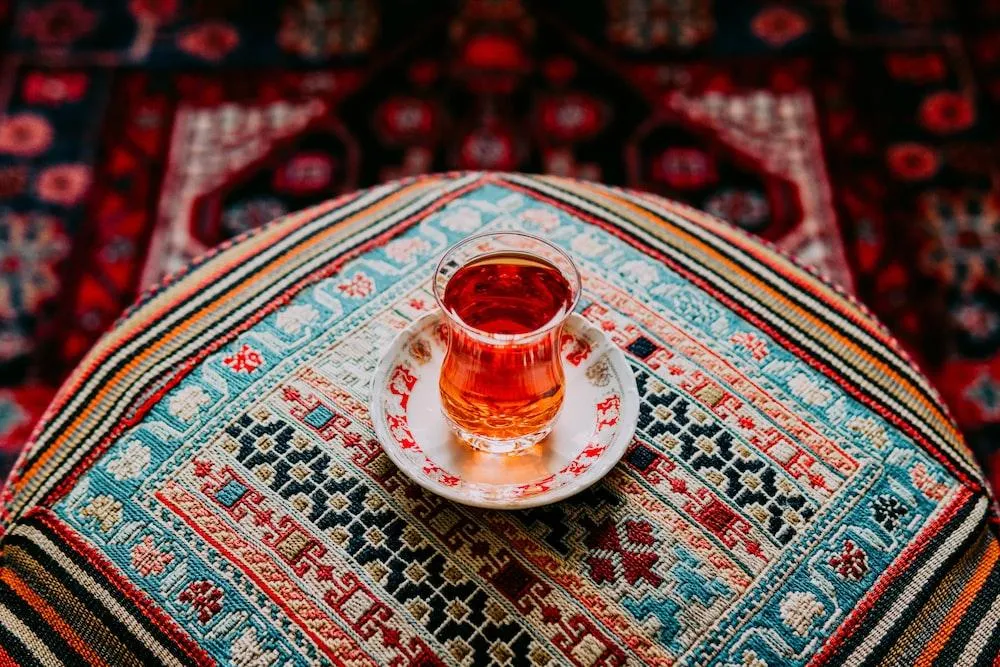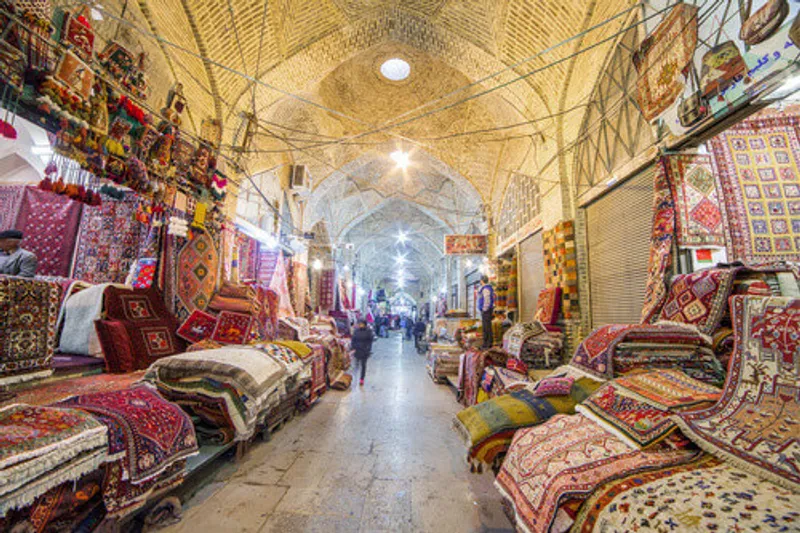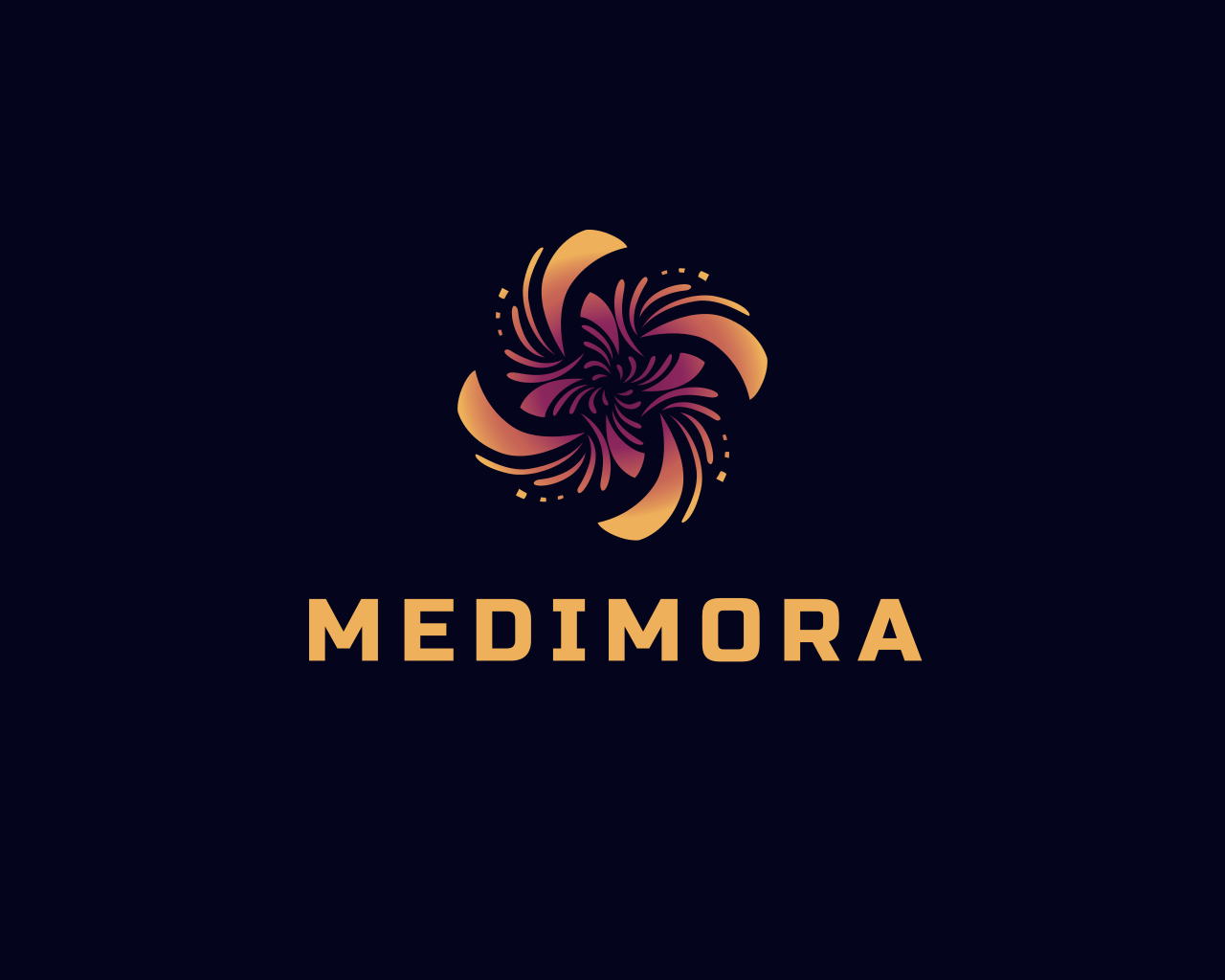

Unraveling the Timeless Elegance: The Artistry and Legacy of Persian Rugs
Persian rugs are an art form that transcends time, capturing the essence of centuries-old traditions, intricate craftsmanship, and breathtaking beauty. These exquisite creations, woven with cultural significance and masterful skill, hold a unique place in the world of textiles.
The Rich History of Persian Rugs
Persian rugs trace their roots back thousands of years, with origins believed to date as far back as the ancient Persian Empire. These rugs have been an integral part of Persian culture, symbolizing prestige, wealth, and artistry. The Persian rug-making tradition flourished through various dynasties, each contributing distinct styles, patterns, and techniques.
Intricate Craftsmanship
One of the most captivating aspects of Persian rugs lies in their craftsmanship. Skilled artisans meticulously handcraft these masterpieces using traditional techniques passed down through generations. The process involves spinning wool or silk, dyeing the fibers using natural pigments, and expertly weaving intricate patterns on a loom. This meticulous craftsmanship results in rugs with exceptional durability and timeless beauty.
Diverse Styles and Designs
Persian rugs are renowned for their diverse styles, each originating from different regions within Persia, now modern-day Iran. The designs often reflect the culture, history, and traditions of their specific origins. For instance:
Tabriz Rugs: Known for their elaborate floral patterns and medallion designs, Tabriz rugs often feature intricate details and a wide array of colors.
Kashan Rugs: These rugs typically showcase intricate designs with a central medallion surrounded by floral motifs, often woven with high knot density.
Isfahan Rugs: Characterized by their fine knotting and exquisite detail, Isfahan rugs often feature intricate floral designs and graceful patterns.
Heriz Rugs: Recognizable for their bold geometric motifs and vibrant color palettes, Heriz rugs emanate a robust and rustic charm.

Cultural Significance
Beyond their aesthetic allure, Persian rugs hold immense cultural significance. They have been woven into Persian traditions, often used for ceremonial purposes, weddings, and other significant events. Additionally, these rugs have become coveted treasures worldwide, adorning the floors of homes, museums, and palaces, symbolizing luxury and sophistication.
Investing in Timeless Elegance
Owning a Persian rug is akin to possessing a piece of history and art. Beyond their decorative value, these rugs are considered investments, with some antique pieces fetching astronomical prices at auctions due to their rarity and historical significance.
Preservation and Legacy
Preserving the legacy of Persian rugs is vital to maintaining this ancient craft. As modernization and technological advancements emerge, efforts to sustain traditional weaving techniques, use of natural dyes, and support for artisan communities become crucial in safeguarding this cultural heritage.
Conclusion
In essence, Persian rugs are not merely floor coverings; they embody centuries of artistry, culture, and heritage. Their timeless appeal continues to captivate people worldwide, transcending boundaries and cultures. As we appreciate their beauty, let us also honor the dedication and artisanship of the master weavers who have kept this extraordinary tradition alive for generations.

Information
KVK Number: 91838622
BTW Number: NL004919159B91
Social Media
Contact us
Info@medimora.com
+316 19715348
Book appointment